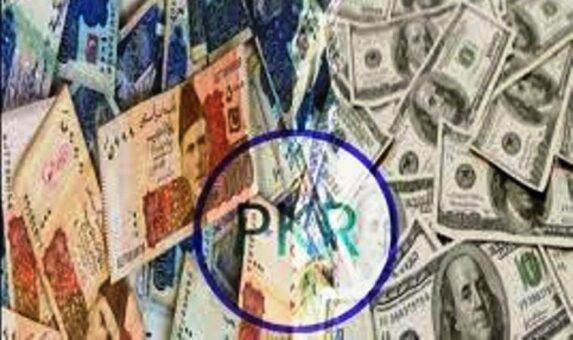The Pakistani rupee remained stable against the US dollar on Wednesday, as the interbank foreign exchange market witnessed range-bound trading with limited volatility, according to currency dealers.
The rupee closed the day at Rs154.98 per dollar, unchanged from the previous session’s closing level. Despite mild fluctuations during the session, the exchange rate showed resilience, hovering within a narrow band of six paisas.
Dealers reported that trading activity remained subdued as demand for the greenback from importers and corporates was limited. “There was no significant movement today as the market lacked aggressive buying or selling pressure. Most of the trading was confined to routine end-of-month settlements,” said a senior forex dealer at a major bank.
The day began with the rupee trading in the Rs154.95 to Rs154.98 range. Intra-day movements saw a high of Rs155.01 and a low of Rs154.94, before settling back at Rs154.98. The tight range reflected cautious sentiment among market participants, who are closely monitoring global developments and domestic monetary indicators.
In the open market, however, the rupee registered a modest gain. The buying and selling rates of the dollar were quoted at Rs154.40 and Rs154.70, respectively, slightly stronger compared to the previous day’s closing of Rs154.50 and Rs154.80. Dealers attributed the improvement in open market rates to an increase in retail supply and a reduction in speculative activity.
Market analysts suggest that the rupee is currently benefiting from improved foreign exchange reserves, low external payment pressure, and relative calm in the political environment. They believe that as long as the central bank maintains its current policy stance, the rupee may continue to trade within a stable band.
However, they cautioned that unexpected external shocks, such as oil price volatility or global rate adjustments, could influence rupee trading patterns in the coming weeks.
Overall, Wednesday’s session highlighted the market’s balanced outlook, with the rupee trading steadily in both interbank and open markets, reflecting ongoing economic stabilization efforts.
